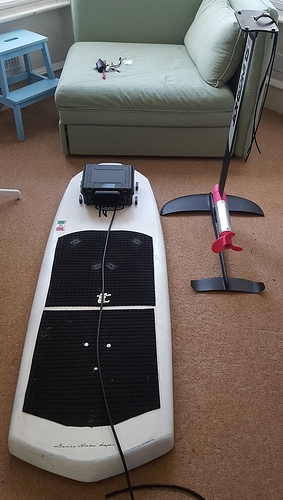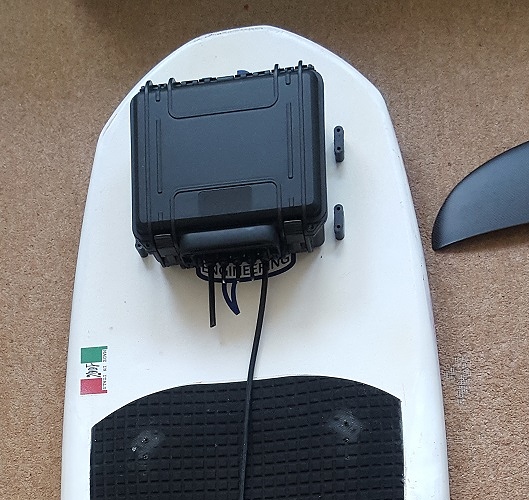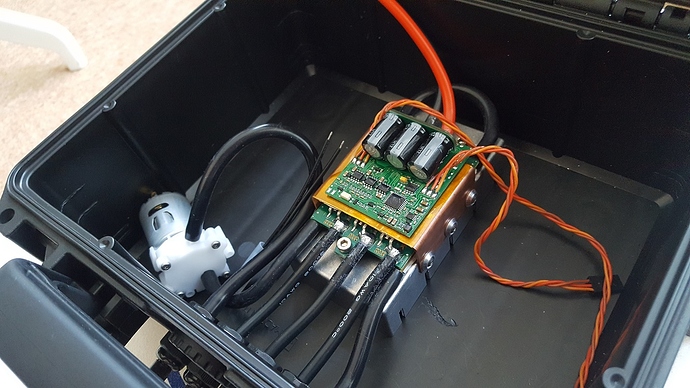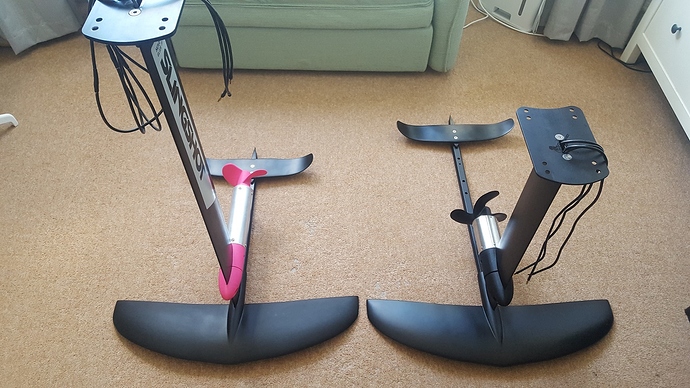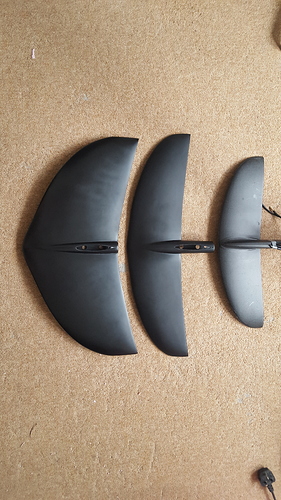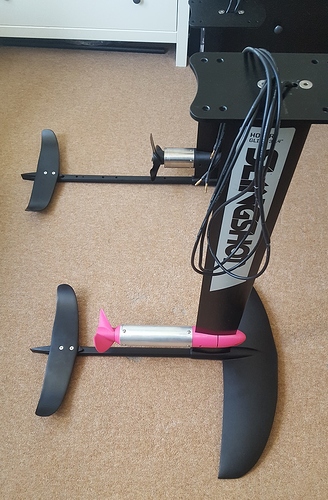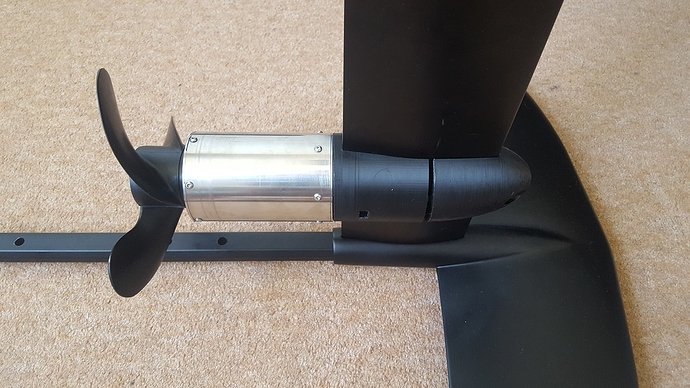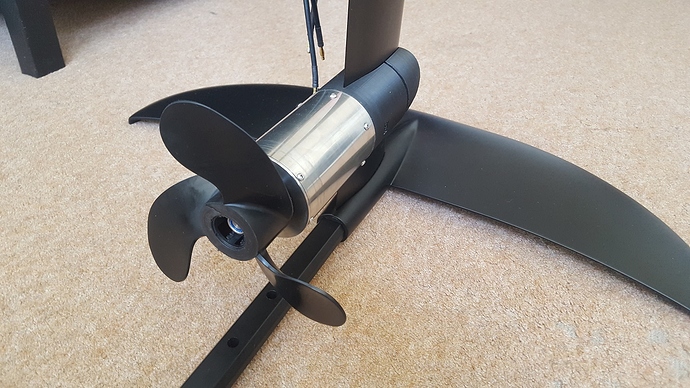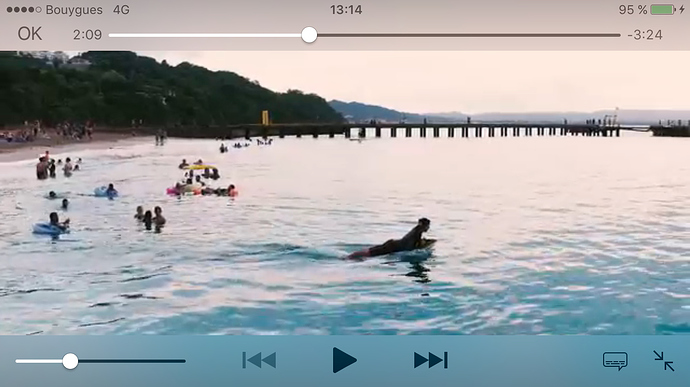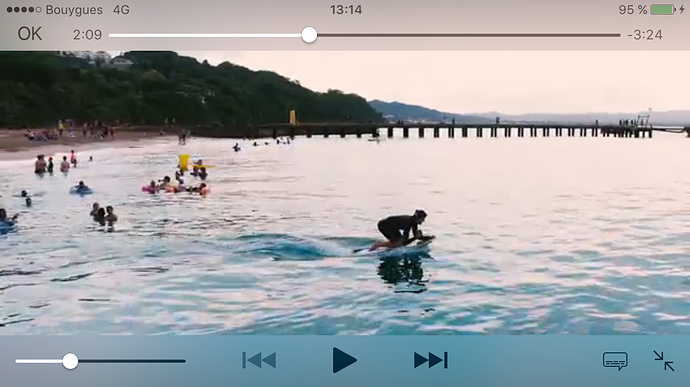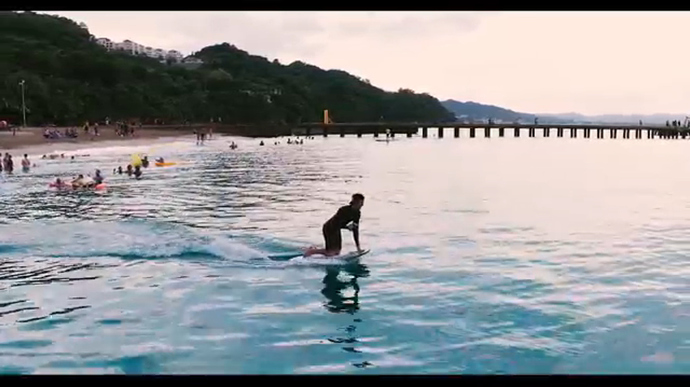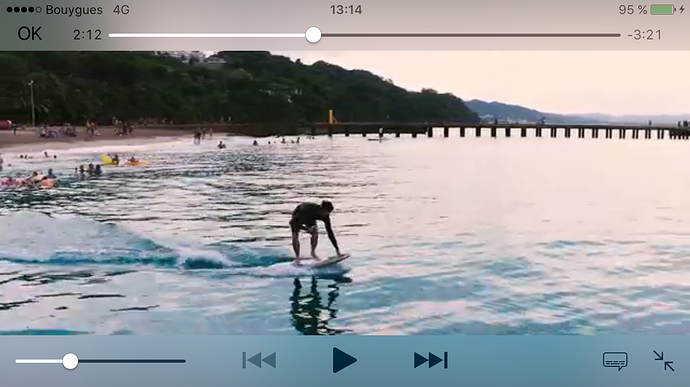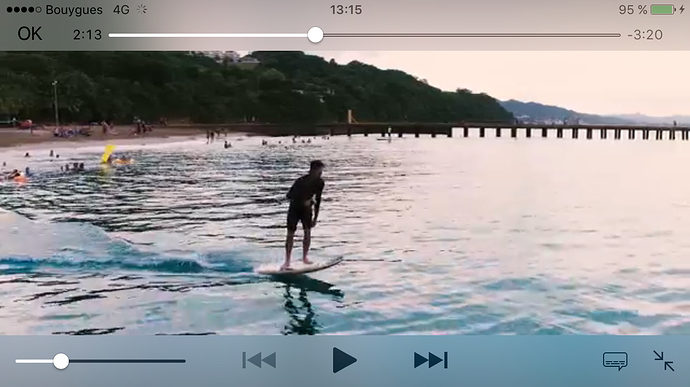Just contacted their European support center. They answered that parts that are not available in their online shop need to be ordered through their service partners, so I have to find one nearby…
Quite like the torquedo gear as the shaft is part pf the ger, no coupler, thrust bearing integrated. What is the lenght of the output shaft?
I honestly cant remember the length of it (and can’t measure as the housing is now all sealed up), but it is 10mm in width. I should be able to work it out from my drawings when I get a chance…
Hi Koni,
Could you measure the shaft length of the torquedo bearing? Thanks
Daniel
Sorry, gear not bearibg.
It seems I can’t edit the original post so I will add some updates here. I am getting rather close now! I have my board and all the electronics. I just need to drill a hole for the wiring and put in mounts for the electronics enclosure. The electronics will be pretty quick as they are mostly just plug and play. Here are some pics:
This is a hobbyking yep 120A ESC with a modded heatsink. I’m hoping it will hold up! It only set me back £58 so its not an issue if it doesn’t!
So I my drive unit had its first water test in the bath this evening and I couldn’t be happier! Now all that’s left is finishing off the board itself. So so close to getting on the water.
slick setup m8.
I am also in the process of making my own engine and just attach it to the board.
I still am still waiting for the motor and gearbox so i can start my assembly
The foil is finally ready to test!!! It will hopefully happen this week!
So I had my first attempt today… It didn’t go as well as I had hoped. I was playing on a tidal river with some relatively fast flow, so I’m not sure how much it impacted the testing. But below are my findings:
- 8S I didn’t have the power to get the board really going. I thought it would, but it might be that the prop is not right for a lower cell count.
- 10S I could get the board on the plane but I still felt it was lacking the extra grunt to really go.
- 12S will definitely get me up fast, but by the time I went for 12S the batteries didn’t have enough power left in them to run for longer than 100m.
Things that I need to try:
- Change the angle of the foil. Its pushing up really fast and feels like I’d need to put too much weight on my front foot.
- I desperately need to change/modify the remote. Skate remotes are just not functionally designed for holding in your hand and pushing up off the board. I’m most likely going to design something that will allow me to set the throttle and then just pull/push a momentary switch to engage it. That way I don’t need to worry about my throttle constantly changing.
Front foo pressure is normal for foil…
Loooot of front foot pressure is normal for e-foil.
I wouldn’t mess with the front wing’s angle, the connection with the fuselage would be weaker, and all the efforts go through it.
you can experiment with the back wing thought…
I have bern saying this for months. On foils the thrust acts right at the foil instead of 1.5m above the deck. So the moment is completely reversed. A conventional backwing now generates far too much downforce and rotates the nose up. This is very inefficient. Just useless drag.
So we need to change the backwing to have less downforce.
I got some kind of confirmation this weekend… when surfing with a foil, without kite, more front foot pressure is needed… not enough to justify messing with the wing, but noticeable.
I didn’t notice until now, because i was using a custom wing, and i was blaming it on the wing.
But this time i used the liquid force Impulse Foil (based on a cloud9 design)
Other lesson learn: they are much better than me at designing wings… way more glide, stability, control…
I never said mess with the front wing’s angle. I meant change the angle of the entire foil ie. use a shim where it connects to the board. That way I can run the fuselage parallel to the deck of the board the way it should be. It will mean that I’ll have a more even weight distribution and better control over the board. If you have either too much weight on your front or back foot it means the centre of gravity is wrong.
When I throttle down the board immediately wants to nose dise which means I have way to much pressure on the front foot.
I agree with Mat. I think it is normal.
The same as a bike, with acceleration weight shifts to the rear. With deceleration wieght shifts to the front. This needs to be counteracted by shifting our body weight. Pacific Meister explains excellent riding technics in one of his latest videos.
I would totally agree with this angle of foil to board makes a huge difference, the other thing I can see you may need to play with is thrust angle, the same as you would with a plane.
Keep trying. Respect of kitefoil starting, you have a motorboat planning start here, don’t know how to put it down in English, I’m not native… The board either you lay or keen on it than if you stand up soon, will lift the nose and keep it up untill it get up to steady planning!
Two ways: push down with front foot while accellerating (be ready for the kick up, though) or keep increase speed very slowly up to planning speed.
I found my kite wings to require quite a back foot pressure to stay steady foiling, angle down the stab (rear wing) improved a little, then I need to step back on the board, in a position I cannot take while motoring up to foiling speed!
Give your setup another chance, go straight for the max S you can and go, first like a kneeboard (it’s insanely fun!!) Then with your throttle control dialed in, stand up!
I noticed big help from a super smooth and slow accelleration ramp, 2.9 sec VS. 2.2 second to go from 0 to full throttle makes quite a difference…when foiling steady slightly faster reaction is better in adjusting speed and stability, but as start, very long ramp will definitely help! Pistol style remote.
Very nice work , waiting for the direct drive result, for water take off if this can help i do it like Lift efoil on there video, my board is longer so i grap the battery box:
You must watch the new lift video’s they released yesterday. A full rundown of the board, connectors and how to foil. Gives much more insight into the board which is great for us building our own!
